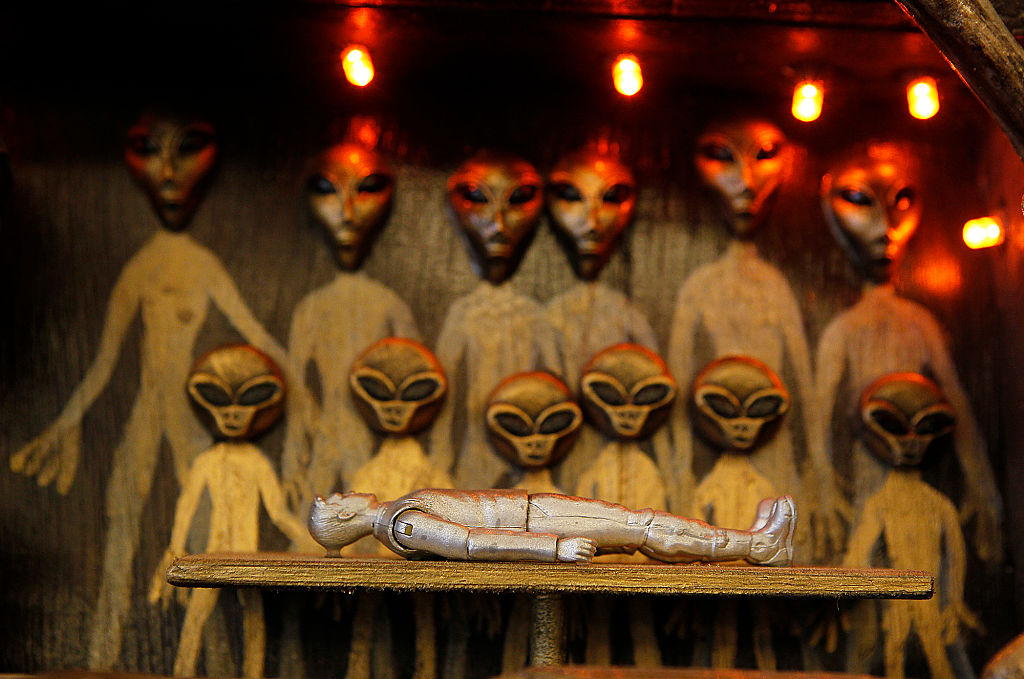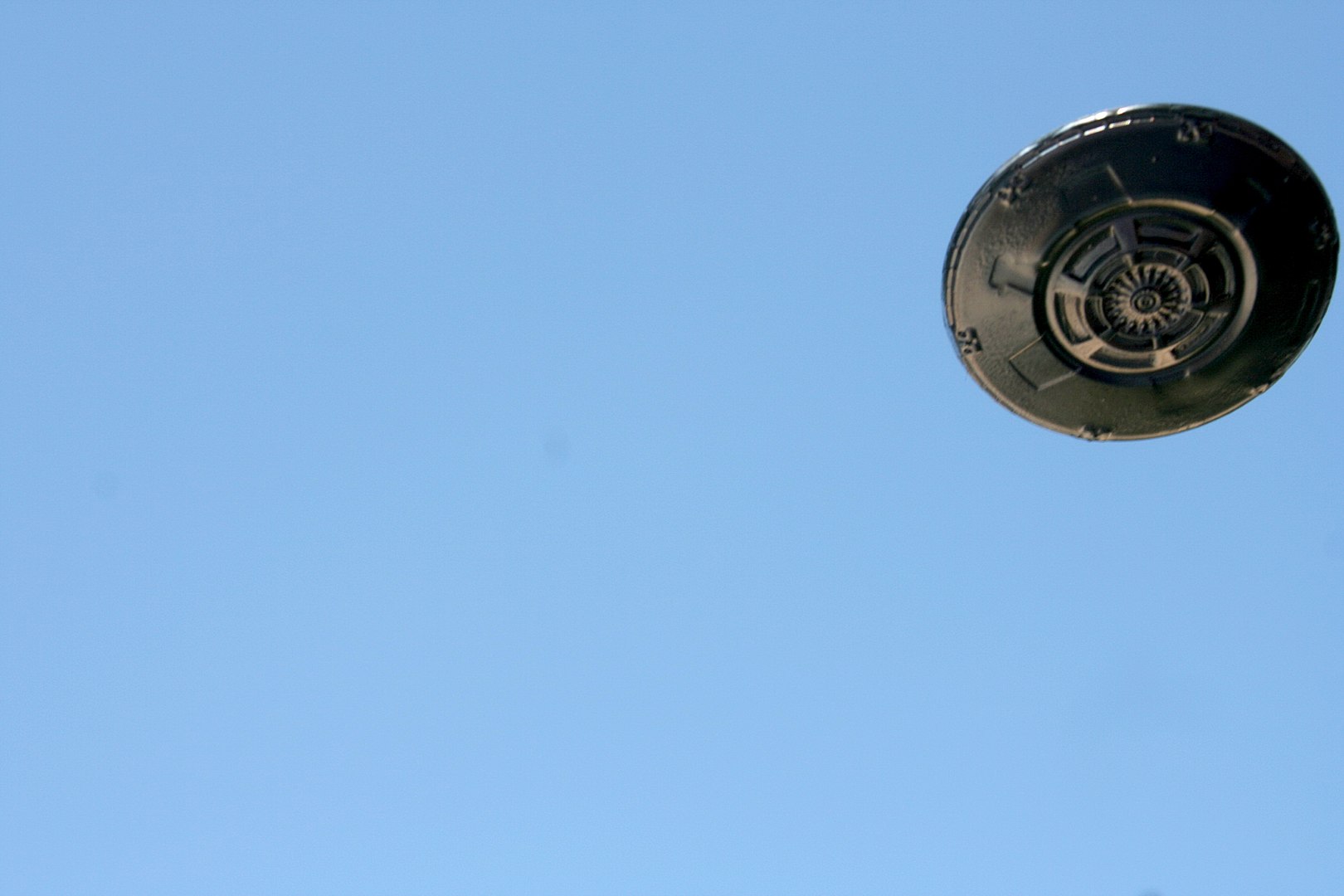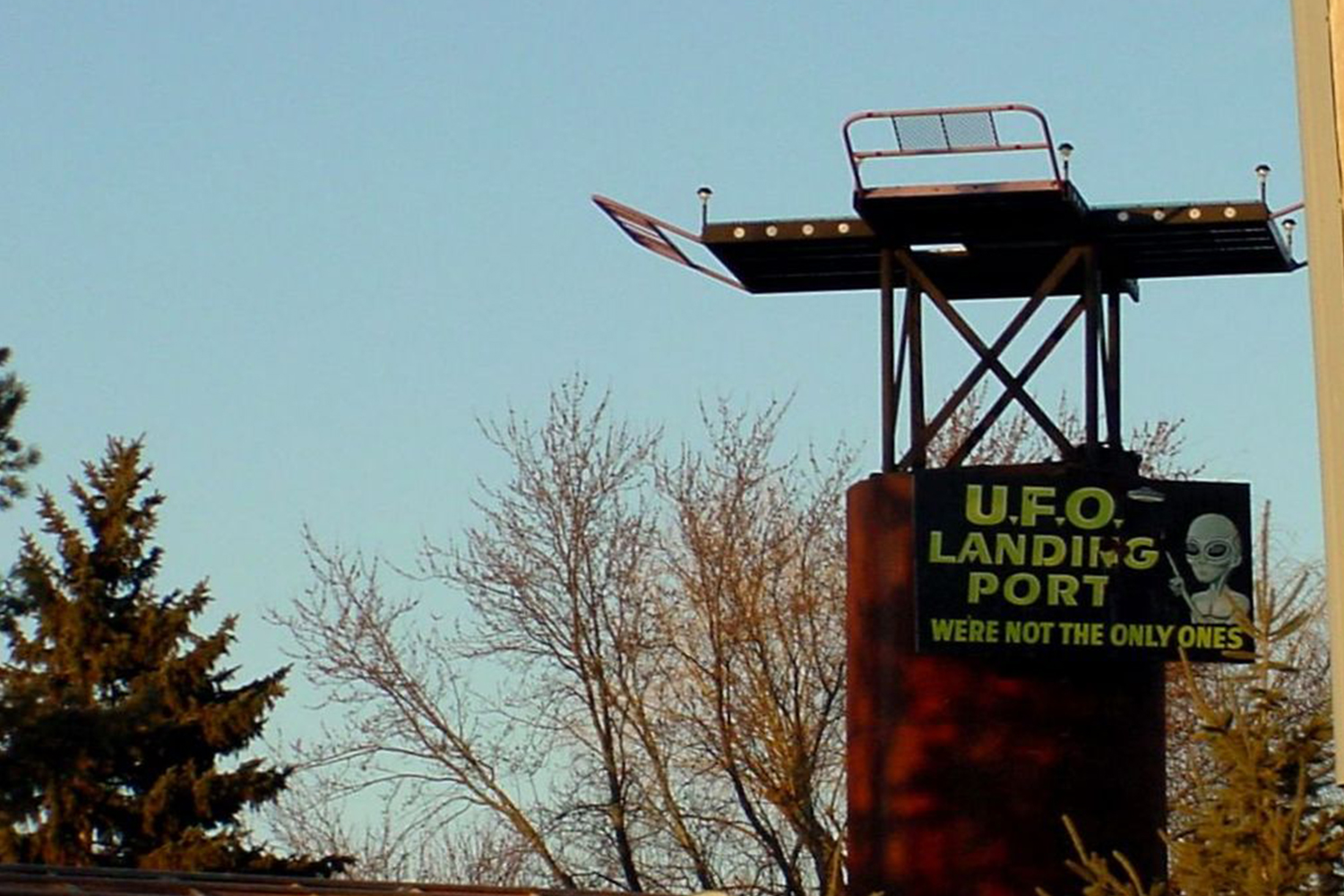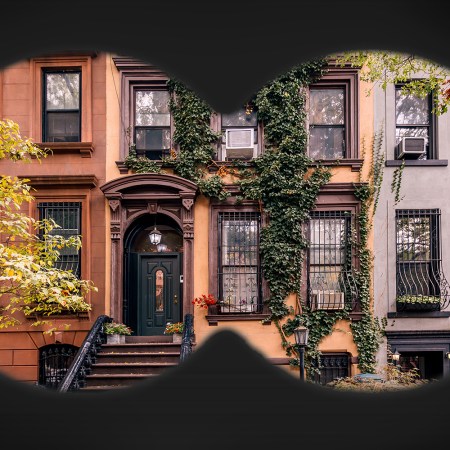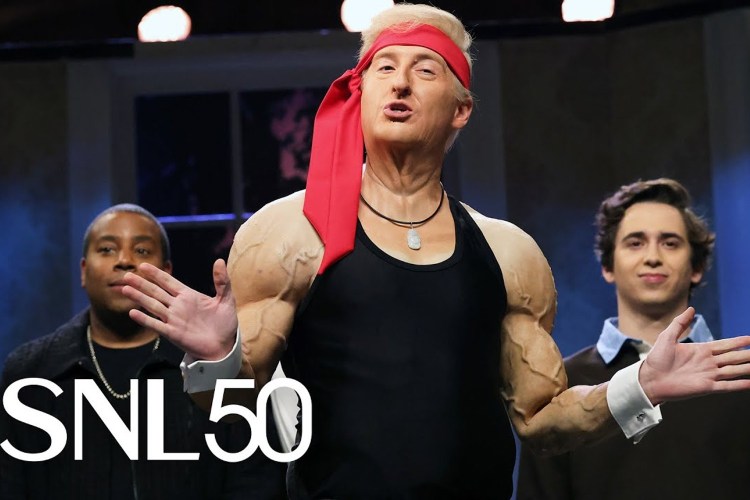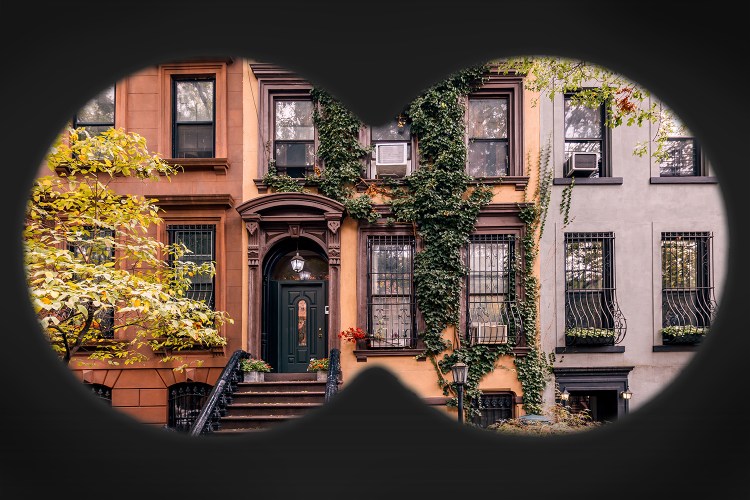Evidence of conspiracy theories, sightings of alien spacecraft and the existence of cryptozoological creatures are all great things to have when you’re scaring yourself or your friends late at night, but they’re also an increasing part of our everyday news cycle. The stuff of horror, science fiction and paranoid thrillers has taken on an unexpected new dimension in recent years, particularly this one. But could theories of the uncanny and paranormal merit a rigorous historical look? And if so, who would be up to such a challenge?
“I got really interested in exploring these things, which are oftentimes treated as dead ends and garbage and nonsense, to try and understand the way in which that kind of stuff nevertheless manages to impact our lives.” So says writer Colin Dickey when asked about the roots of his own work in nonfiction. Dickey is among a handful of writers writing comprehensively researched, empathically composed work about subjects heretofore confined to science fiction stories and the Mysteries of the Unknown series. And, as a recent essay he wrote about conspiracy theories shows, it’s certainly the right moment for that.
What are the things he’s explored in his writing? Well, there are haunted houses (Ghostland: An American History in Haunted Places). There’s the trade in skulls of the powerful and famous (Cranioklepty: Grave Robbing and the Search for Genius). Dickey has explored the ways in which the bodies and ephemera of religious figures have taken on second lives of their own (Afterlives of the Saints: Stories from the Ends of Faith).
That Dickey’s latest book, The Unidentified: Mythical Monsters, Alien Encounters, and Our Obsession with the Unexplained, touches on cryptids and unidentified flying objects — among many other things — seems at first to be the logical next step for him. But The Unidentified also makes it clear that Dickey isn’t simply retelling the bizarre accounts of weird encounters in a bygone America; he is instead wrestling with why these stories did and do appeal to a wide variety of audiences. And to do that, he travels an unconventional path; while paranormal tales might seem escapist at first, Dickey convincingly roots them in a much more serious strain of American history.
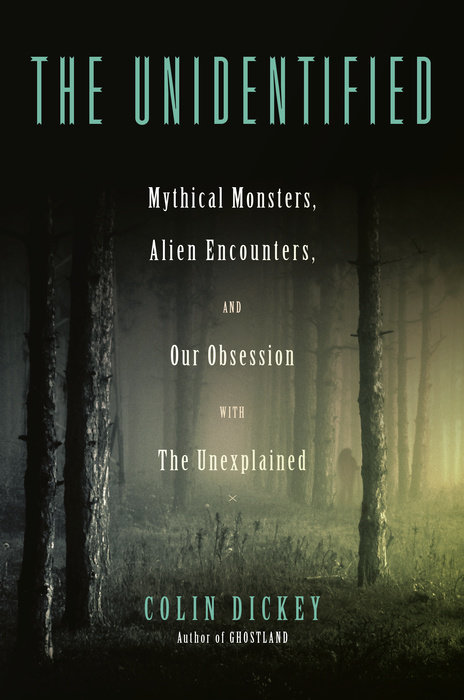
Both The Unidentified and Ghostland have looked at particular avenues of paranormal American history and found questions of the country’s racial history just below the surface. Dickey tells InsideHook that one breakthrough moment came for him when researching Ghostland. “When I settled on Richmond, Virginia as the site that I wanted to investigate as being a particularly haunted city, I started reading all of the ghost stories associated with Richmond. At some point it hits you that they’re all stories of white people,” he says.
“I think that just triggered for me the question of why, in this pop cultural archive, there don’t seem to be any ghost stories about or involving Black people. Particularly in the seat of the Confederacy,” he adds. “You start to dig deeper.”
That discovery of race at the center of a paranormal episode came up again when Dickey was researching The Unidentified. Among the moments in history that he discusses in the book is the 1961 abduction of Barney and Betty Hill from a New Hampshire road. If you grew up obsessed with UFO lore, it’s a familiar story, one of the most thoroughly-documented of its kind. But here, too, Dickey has plenty to say about the subtext.
“Barney Hill is one of the only one of the very few contactees or abductees in the lore of American aliens who is Black, alongside like Sun Ra and a couple of other people,” Dickey says. “But then you start to ask the question of why the aliens seemed to prefer to abduct white people and what’s the note behind the note, as it were.”

Dickey’s forays into history and the paranormal have gone beyond the literary. During the all-too-brief existence of the Morbid Anatomy Museum, Dickey was part of the group that put the physical space together. The museum, an extension of founder Joanna Ebenstein’s work at — to quote their website — “the interstices of art and medicine, death and culture,” occupied a space in Gowanus, Brooklyn from 2014 to 2016. (Morbid Anatomy itself lives on online and via a series of pop-up events.) Dickey speaks highly of Ebenstein’s work “[opening] up that space to talk about death and dying and burial and morbidity and Gothic stuff and the various other things that came to be associated with Morbid Anatomy. ”
Morbid Anatomy also allowed Dickey to grow as a writer. “Through her lecture series, that gave me a space to kind of experiment with ideas and present things before I wrote them up as a means of testing out different approaches and different ideas,” he says. “So, yeah, wonderful experience.”
Just as the Morbid Anatomy Museum created a sense of community for those with a penchant for the macabre, so too has Dickey emerged as one of several writers blending rigorous nonfiction with tales of the strange and uncanny. Jennifer Percy’s Demon Camp: The Strange and Terrible Saga of a Soldier’s Return from War grapples with PTSD in the form of a veteran convinced he’s possessed by a demon. B.J. Hollars’s Midwestern Strange: Hunting Monsters, Martians, and the Weird in Flyover Country takes a region-specific snapshot of bizarre phenomena. And InsideHook contributor Mira Ptacin’s The In-Betweens: The Spiritualists, Mediums, and Legends of Camp Etna offers a history of the Spiritualist movement in the United States which could be embraced by skeptics and believers alike.
In a 1996 episode of The X-Files titled “Jose Chung’s ‘From Outer Space,” the title character — a best-selling author — quips that he’s created a new genre: nonfiction science fiction. What was the stuff of absurdist comedy several decades ago has now become a reality: The Unidentified would certainly fit the phrase that a fictional author coined 24 years ago.
And for all that there’s an element of skepticism to many of the segments of Dickey’s work, he also brings up a few things that can’t be readily debunked — including a sighting of giant birds in Lawndale, Illinois in 1977.
“I don’t know what happened in Lawndale, Illinois in May of 1977,” Dickey says. “I don’t have a good answer for that.” Perhaps, then, there is room for the truly strange and miraculous even after other strange tales and theories have been debunked. It’s a sentiment that Dickey endorses.
“Keeping open that possibility that there might be things that defy the explanation, I think, is fine and healthy,” he says.
This article was featured in the InsideHook newsletter. Sign up now.
